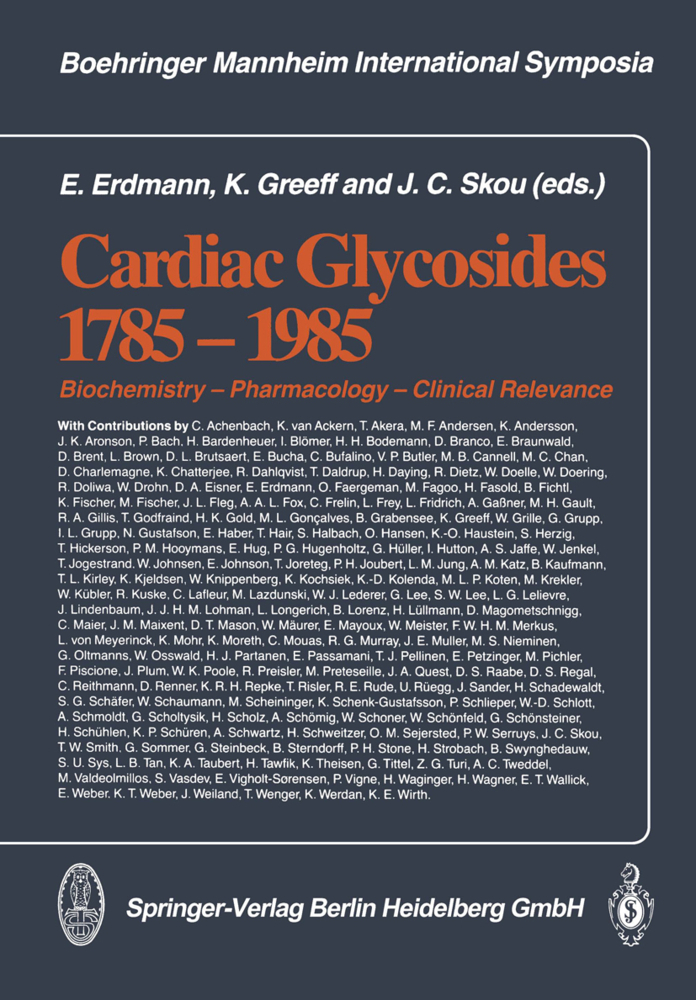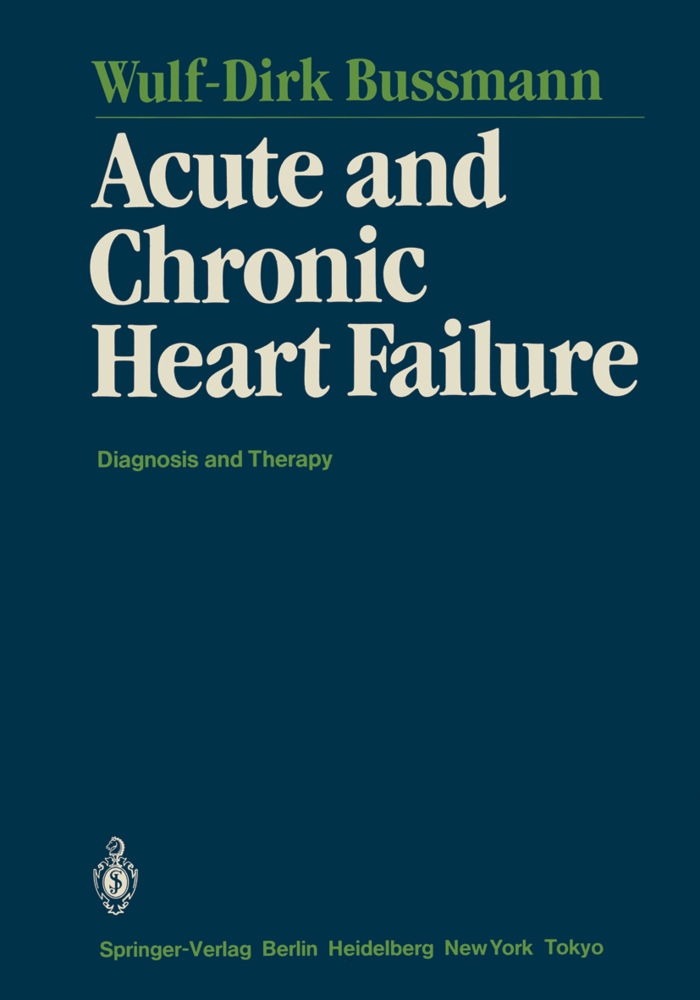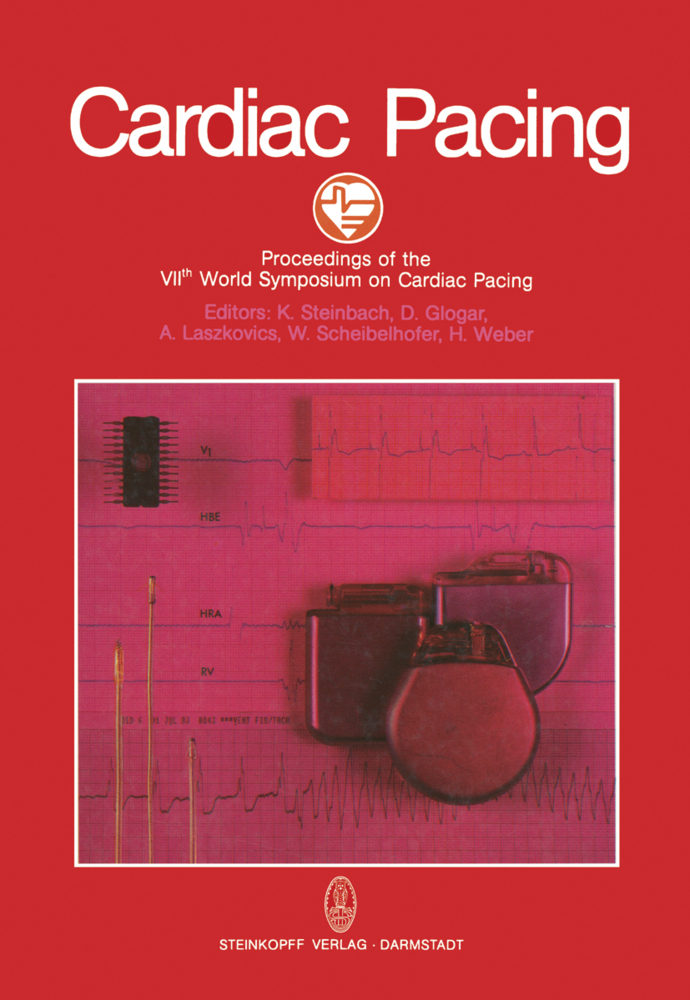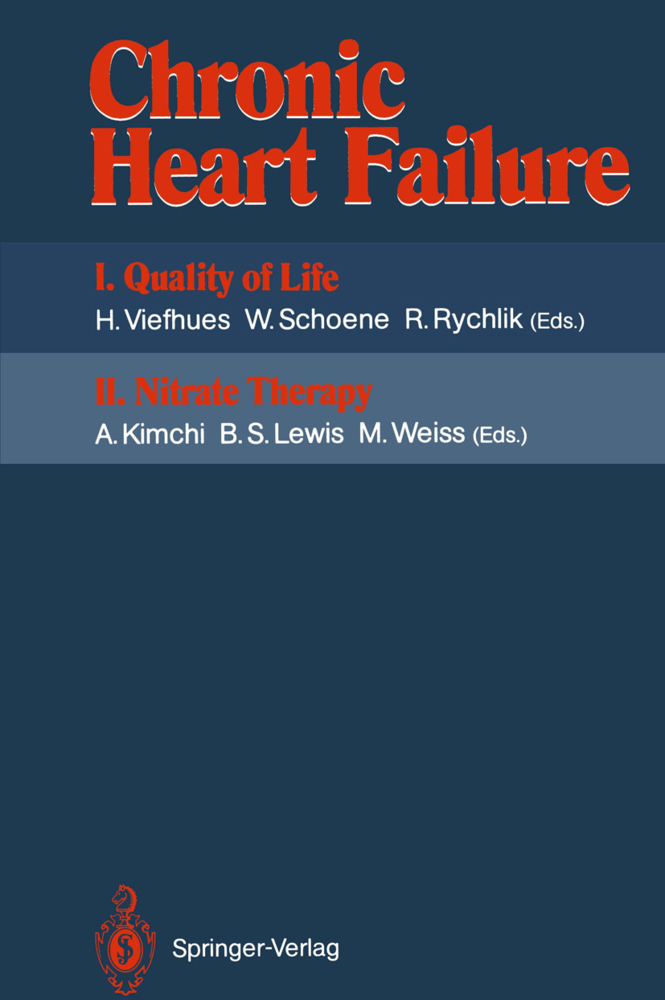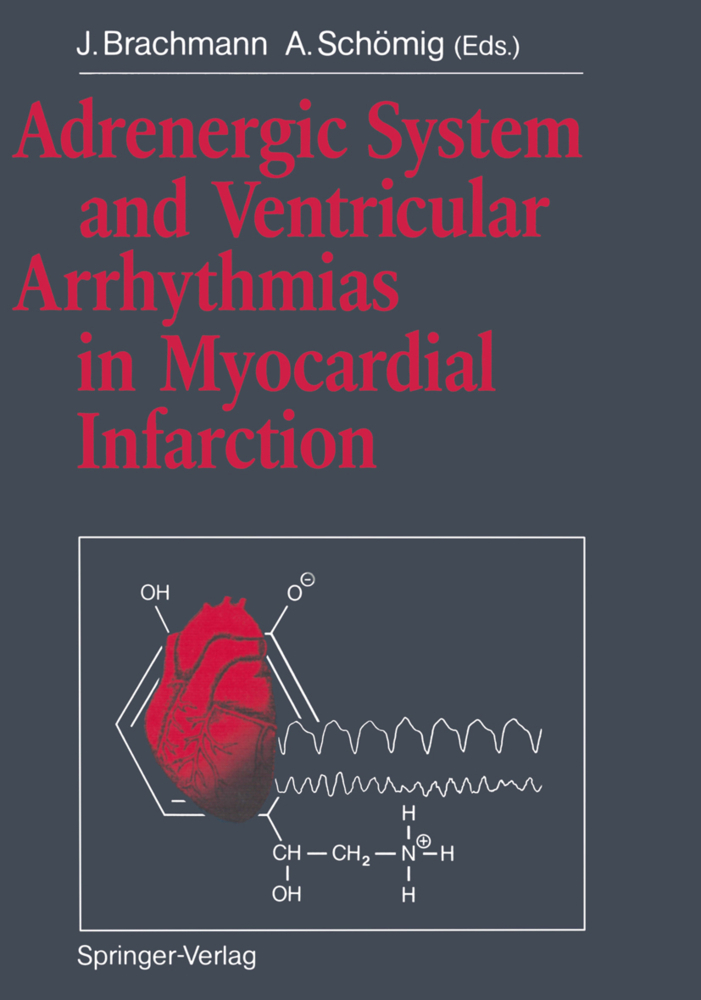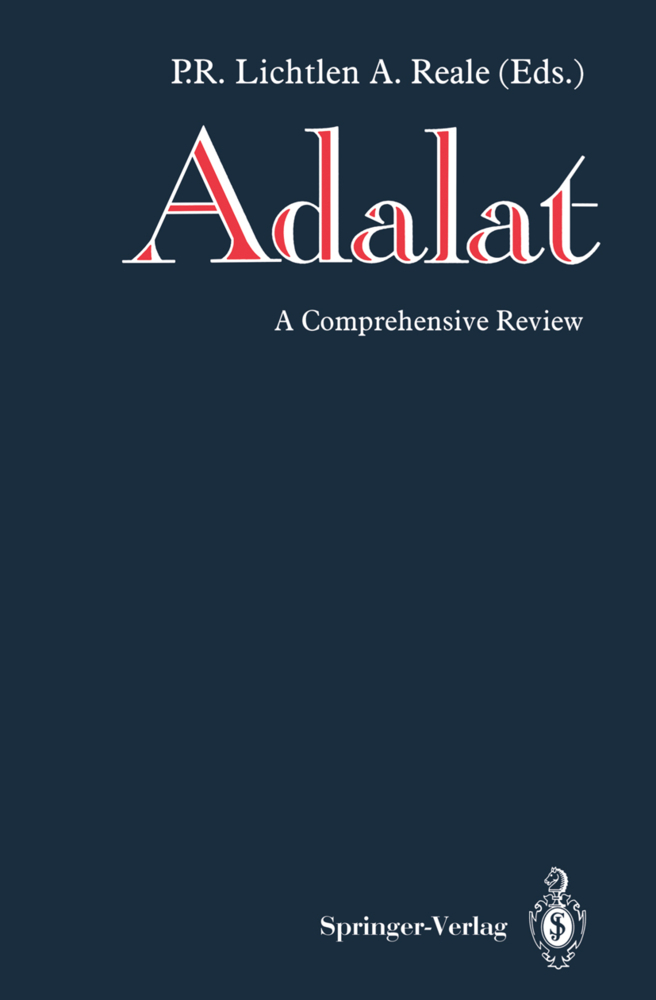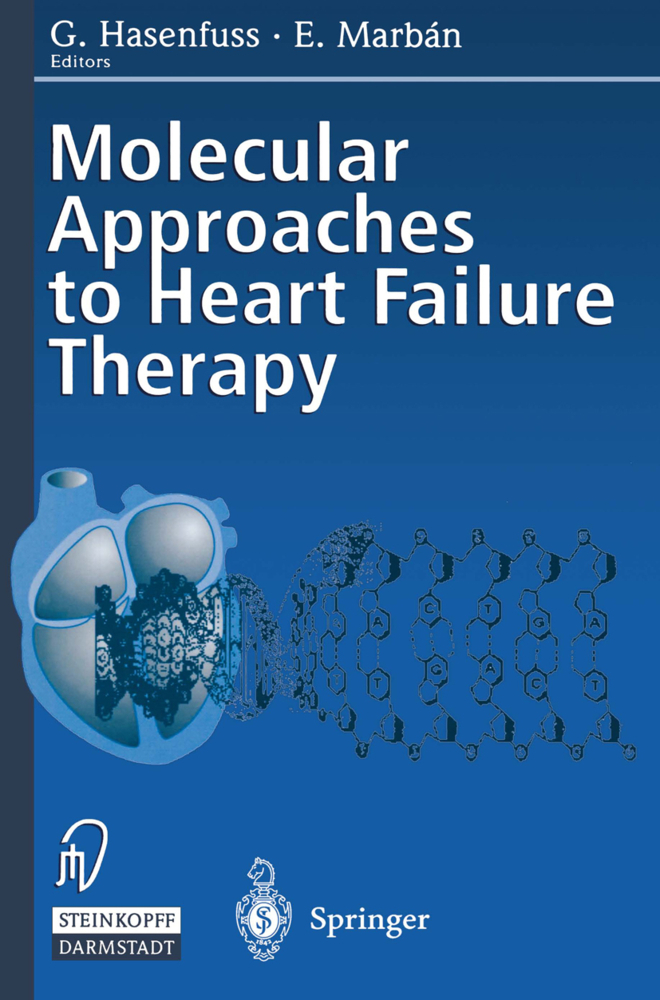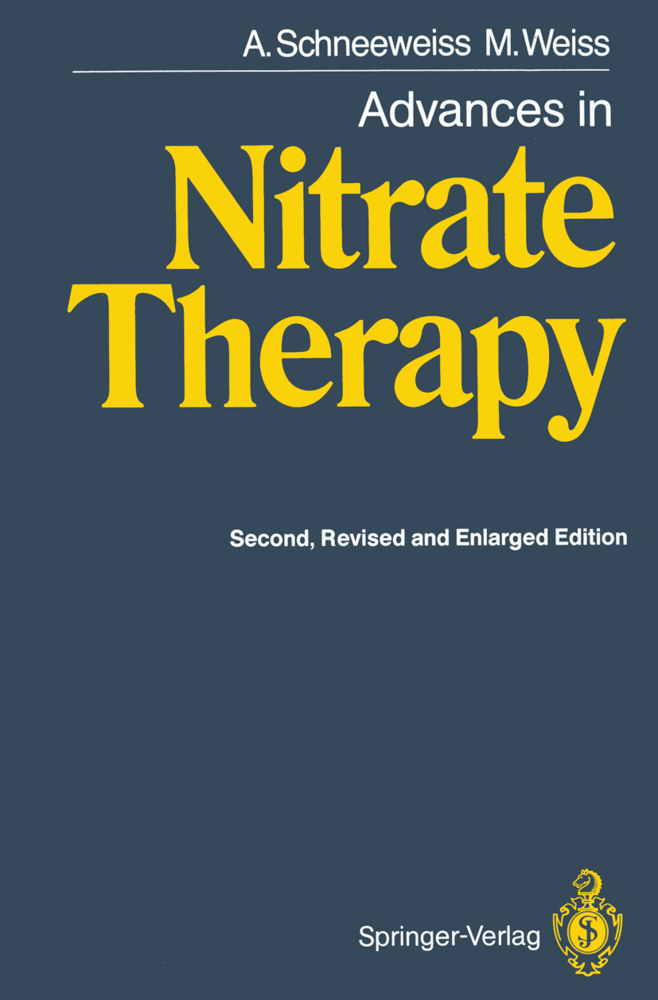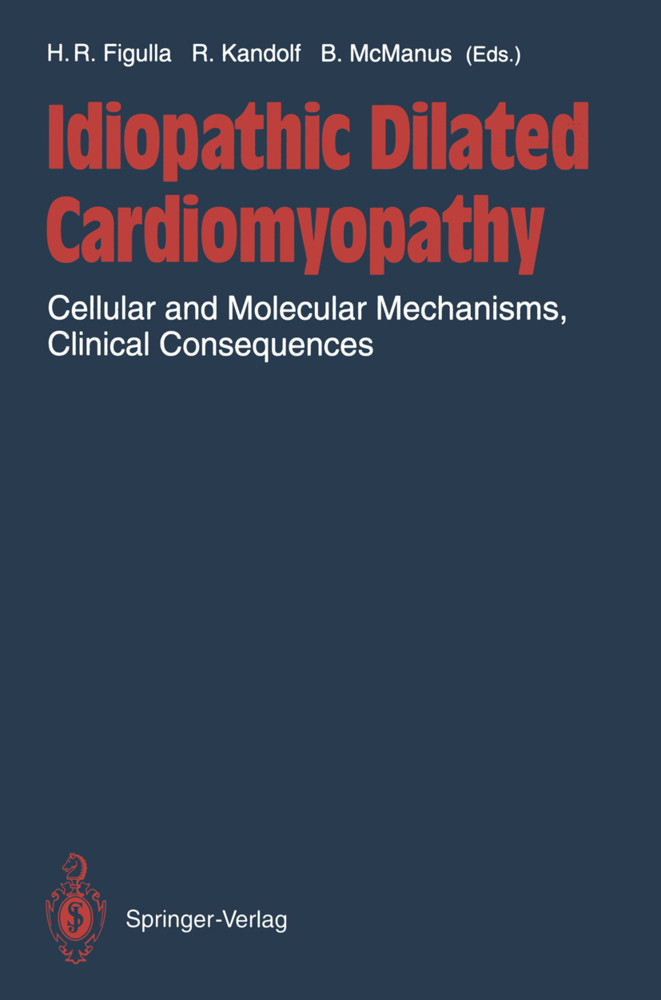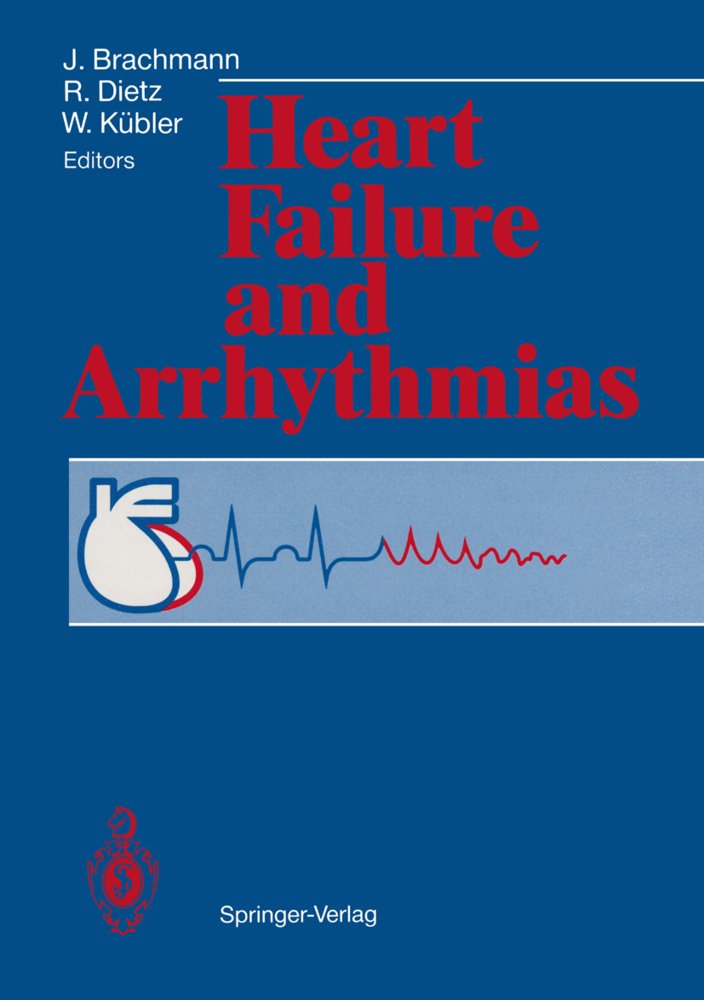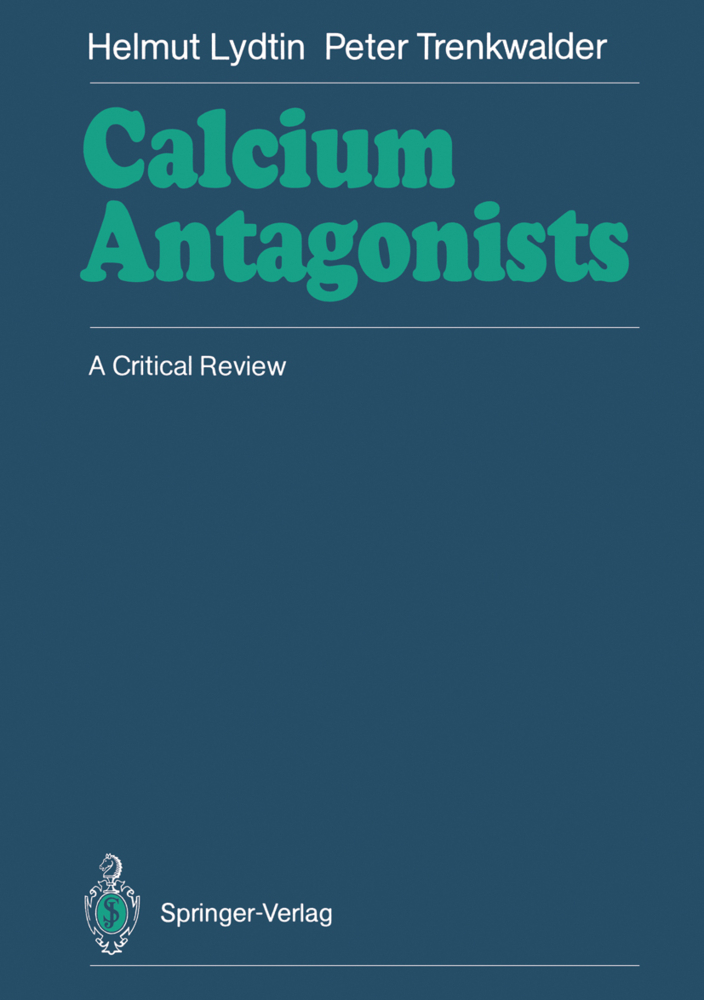Cardiac Glycosides 1785-1985
Biochemistry - Pharmacology - Clinical Relevance
Cardiac Glycosides 1785-1985
Biochemistry - Pharmacology - Clinical Relevance
The bicentenary of William Withering's now famous medical report entitled "An Account of the Foxglove and Some of its Medical Uses" has given us the occasion to analyze the state of the art. Cardiac glycosides in 1985 are considered tobe the basis for medical treatment of myocardial failure, together with diuretics and vasodilators in the more severe cases. Nevertheless, the controversy as to their exact place in the treatment of heart failure with sinus rhythm has never ceased. Although cardiac glycosides are of unquestionable value in tachycardia caused by atrial fibrillation or atrial flutter, the chronic use of these drugs in sinus rhythm is not generally accepted. The development of tolerance has been reported. It is of interest that Withering hirnself wrote: "-let it (foxglove) be continued until it either acts on the kidneys, the stomach, the pulse, or the bowels; Iet it be stopped upon the first appearance of any of these effects, and I will maintain that the patient will not suffer from its exhibition, nor the practitioner be disappointed in any reasonable expectation. " In West Germany alone, more than three million patients (about 5% of the total population) are constantly taking cardiac glycosides. These drugs are the most prescribed medicaments in many countries. Thus, we considered it worthwhile and necessary to review in a critical way today's knowledge about the foxglove; to report new findings and to evaluate old Statements.
Therapeutic use of digitalis until the time of William Withering
The function of Na+, K+-ATPase and its importance for drug action
Structural studies on the cardiac glycoside receptor
Isoenzymes of Na/K-ATPase identified by pyrithiamin
Interaction of cardiac glycosides with Na/K-ATPase in intact myocardium
The human red blood cell: A model for ouabain receptor regulation in the heart?
Binding and release of ouabain at low Mg2+ in reconstituted human red blood cell ghosts
The ouabain receptor in the myocardium and conduction system of the sheep heart
Electrophysiological effects of cardiac glycosides
Electrophysiological assay of glycoside-induced sodium pump inhibition in isolated sheep heart Purkinje fibres at the onset of toxicity
Rat cardiac hypertrophy: Contribution of heteregeneous digitalis receptor forms
Digitalis receptors in normal and hypertrophied rat hearts. Differential effects of a Ca2+ free perfusion
Biphasic contractile response to ouabain: Species specific? Calcium dependent? Altered sensitivity?
The influence of ?-tocopherol-nicotinate (Renascin®) on cardiac glycoside effects
On the connection between cardiac glycosides and calcium action
Biochemical basis for the targeted synthesis of cardiac glycosides with selective action
The "endogenous cardiac glycoside"
Endogenous digitalis, cardiodigin and other regulators of the sodium pump
Digitalis-like factors in plasma of healthy human adults
A Na+,K+-ATPase inhibitor isolated from pig kidney
Cardiac glycoside-like effects of a bufadienolide extracted from Kalanchoe Daigremontiana
Positive inotropic agents: Differentmechanisms of action
Significance of calcium ions in the regulation of myocardial contractility
Additive and non-additive positive inotropic effects in human and guinea-pig myocardium
The cardiac Na+/H+ exchange system. Its role in inotropy
Evidence for pharmacodynamic differences between cardiac glycosides of different polarities
The positive inotropic action of mercury compounds on isolated heart muscle
Chronic pretreatment with amrinone or milrinone induces no tachyphylaxis in mammalian cardiac muscle
Left ventricular function after oral milrinone in patients with congestive heart failure. A hemodynamic and angiographic study
The importance of skeletal muscles as a distribution volume for digitalis glycosides in guinea-pigs and human subjects
Relevant metabolism of cardiac glycosides
The dihydrogenation of digoxin
Renal excretion and plasma levels of dihydrodigitoxin in volunteers and renally healthy and renally insufficient patients being treated with digitoxin
Enzymatic basis for digitoxin metabolism and possible drug interactions in man
Effect of quinidine on the inotropic effect of digoxin in isolated cat or guinea-pig papillary muscle
Quinidine decreases the intestinal secretion of digoxin and digitoxin in the guinea-pig
Quinidine-induced reduction of the biliary excretion of digoxin in patients
Role of the bile acid transport system in hepatocellular ouabain uptake
Distribution of digoxin, digitoxin and their cardioactive metabolites in human heart and kidney
Application of HPLC-DAD instead of the guinea-pig test for the quantitative determination of cardiac glycosides
Interaction between 16-acetyl-gitoxin and drugs
Digitoxin protein binding in patients on hemodialysis
The effect of physical exercise on the distribution and renal excretion of digoxin
Ouabain binding to erythrocytes from neonates, blood cord and pregnant women
Extracardiac effects of cardiac glycosides
Effects of digitalis on renal tubular sodium reabsorption
Ouabain-induced efflux of catecholamines and metabolites from blood vessels of normotensive and hypertensive dogs
Digoxin-specific antibody treatment of digitalis toxicity: Update
Kinetics of the Fab fragments of digoxin antibodies and of bound digoxin in patients with severe digoxin intoxication
Influence of tubular Na/K-ATPase activity on the development of hyperkalemia in digoxin intoxications
24-Hour-Hotter ECG in digoxin intoxicated patients
Clinically relevant interactions with cardiac glycosides
Importance of serum glycoside concentrations
Metabolic aspects of compensatory mechanisms in cardiac failure
Effects of digitalis glycosides on the systemic arterial and venous system: Clinical importance in the pathophysiology of congestive heart failure
Attenuation of cardiac glycoside effects during long-term treatment
When to start digitalis?
Cardiotonic effect of digitalis in sinus rhythm during exercise
Digitalis treatment in pulmonary heart disease
Cardiac glycosides for paroxysmal atrial fibrillation?
Cardiac glycosides in anaesthesia
Effects of preoperative digitalisation on postoperative left heart performance and incidence of complications following hip surgery. First results of a prospective study
Digoxin therapy and mortality following confirmed or suspected myocardial infarction: Experience in the MILIS study
Improvement of ventricular function by treatment with ?-methyldigoxin in patients with sinus rhythm after extended myocardial infarction: An exercise-radionuclide-ventriculography study
Effect ofintravenous digoxin on left ventricular contractility at rest and during isometric exercise in intact and pharmacologically denervated heart
Low versus medium dosage digoxin therapy in patients with heart failure. A randomized, double-blind, cross-over study
The effects of digoxin and xamoterol in patients with moderate cardiac failure
The clinical, haemodynamic, and pharmacological consequences of withdrawal of digoxin after long-term treatment in patients with heart failure in sinus rhythm
New positive inotropic agents: Advantages and disadvantages
When should digitalis be discontinued?.
William Withering - The man and his work
Fruitful routes and blind alleys taken by digitalis therapy since its introduction by WitheringTherapeutic use of digitalis until the time of William Withering
The function of Na+, K+-ATPase and its importance for drug action
Structural studies on the cardiac glycoside receptor
Isoenzymes of Na/K-ATPase identified by pyrithiamin
Interaction of cardiac glycosides with Na/K-ATPase in intact myocardium
The human red blood cell: A model for ouabain receptor regulation in the heart?
Binding and release of ouabain at low Mg2+ in reconstituted human red blood cell ghosts
The ouabain receptor in the myocardium and conduction system of the sheep heart
Electrophysiological effects of cardiac glycosides
Electrophysiological assay of glycoside-induced sodium pump inhibition in isolated sheep heart Purkinje fibres at the onset of toxicity
Rat cardiac hypertrophy: Contribution of heteregeneous digitalis receptor forms
Digitalis receptors in normal and hypertrophied rat hearts. Differential effects of a Ca2+ free perfusion
Biphasic contractile response to ouabain: Species specific? Calcium dependent? Altered sensitivity?
The influence of ?-tocopherol-nicotinate (Renascin®) on cardiac glycoside effects
On the connection between cardiac glycosides and calcium action
Biochemical basis for the targeted synthesis of cardiac glycosides with selective action
The "endogenous cardiac glycoside"
Endogenous digitalis, cardiodigin and other regulators of the sodium pump
Digitalis-like factors in plasma of healthy human adults
A Na+,K+-ATPase inhibitor isolated from pig kidney
Cardiac glycoside-like effects of a bufadienolide extracted from Kalanchoe Daigremontiana
Positive inotropic agents: Differentmechanisms of action
Significance of calcium ions in the regulation of myocardial contractility
Additive and non-additive positive inotropic effects in human and guinea-pig myocardium
The cardiac Na+/H+ exchange system. Its role in inotropy
Evidence for pharmacodynamic differences between cardiac glycosides of different polarities
The positive inotropic action of mercury compounds on isolated heart muscle
Chronic pretreatment with amrinone or milrinone induces no tachyphylaxis in mammalian cardiac muscle
Left ventricular function after oral milrinone in patients with congestive heart failure. A hemodynamic and angiographic study
The importance of skeletal muscles as a distribution volume for digitalis glycosides in guinea-pigs and human subjects
Relevant metabolism of cardiac glycosides
The dihydrogenation of digoxin
Renal excretion and plasma levels of dihydrodigitoxin in volunteers and renally healthy and renally insufficient patients being treated with digitoxin
Enzymatic basis for digitoxin metabolism and possible drug interactions in man
Effect of quinidine on the inotropic effect of digoxin in isolated cat or guinea-pig papillary muscle
Quinidine decreases the intestinal secretion of digoxin and digitoxin in the guinea-pig
Quinidine-induced reduction of the biliary excretion of digoxin in patients
Role of the bile acid transport system in hepatocellular ouabain uptake
Distribution of digoxin, digitoxin and their cardioactive metabolites in human heart and kidney
Application of HPLC-DAD instead of the guinea-pig test for the quantitative determination of cardiac glycosides
Interaction between 16-acetyl-gitoxin and drugs
Digitoxin protein binding in patients on hemodialysis
The effect of physical exercise on the distribution and renal excretion of digoxin
Ouabain binding to erythrocytes from neonates, blood cord and pregnant women
Extracardiac effects of cardiac glycosides
Effects of digitalis on renal tubular sodium reabsorption
Ouabain-induced efflux of catecholamines and metabolites from blood vessels of normotensive and hypertensive dogs
Digoxin-specific antibody treatment of digitalis toxicity: Update
Kinetics of the Fab fragments of digoxin antibodies and of bound digoxin in patients with severe digoxin intoxication
Influence of tubular Na/K-ATPase activity on the development of hyperkalemia in digoxin intoxications
24-Hour-Hotter ECG in digoxin intoxicated patients
Clinically relevant interactions with cardiac glycosides
Importance of serum glycoside concentrations
Metabolic aspects of compensatory mechanisms in cardiac failure
Effects of digitalis glycosides on the systemic arterial and venous system: Clinical importance in the pathophysiology of congestive heart failure
Attenuation of cardiac glycoside effects during long-term treatment
When to start digitalis?
Cardiotonic effect of digitalis in sinus rhythm during exercise
Digitalis treatment in pulmonary heart disease
Cardiac glycosides for paroxysmal atrial fibrillation?
Cardiac glycosides in anaesthesia
Effects of preoperative digitalisation on postoperative left heart performance and incidence of complications following hip surgery. First results of a prospective study
Digoxin therapy and mortality following confirmed or suspected myocardial infarction: Experience in the MILIS study
Improvement of ventricular function by treatment with ?-methyldigoxin in patients with sinus rhythm after extended myocardial infarction: An exercise-radionuclide-ventriculography study
Effect ofintravenous digoxin on left ventricular contractility at rest and during isometric exercise in intact and pharmacologically denervated heart
Low versus medium dosage digoxin therapy in patients with heart failure. A randomized, double-blind, cross-over study
The effects of digoxin and xamoterol in patients with moderate cardiac failure
The clinical, haemodynamic, and pharmacological consequences of withdrawal of digoxin after long-term treatment in patients with heart failure in sinus rhythm
New positive inotropic agents: Advantages and disadvantages
When should digitalis be discontinued?.
Erdmann, Erland
Greeff, K.
Skou, J. C.
| ISBN | 978-3-662-11294-6 |
|---|---|
| Medientyp | Buch |
| Copyrightjahr | 2013 |
| Verlag | Steinkopff |
| Umfang | XVII, 552 Seiten |
| Sprache | Englisch |

